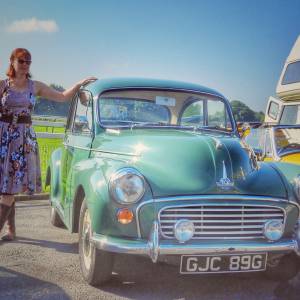Sarona
I took a bus from Jerusalem to Tel Aviv to meet my Norwegian friend Beate to look around the newly restored area of Sarona.
An old area of Tel Aviv, Sarona was first established by German Templers in 1871. It's creators sought to advance the coming of the Messiah by settling the Holy Land through productive, agricultural settlements.
During Wolrd War I, the inhabitants were exiled to Egypt, and about a third of them repatriated to Germany. The rest returned to Sarona. By 1925 Sarona was still a small settlement, although grown in area. It was still a farming community but more emphasis was placed on trades. With the increasing Jewish immigration to Palestine (80,000 immigrants arrived in 1920-1926 alone) the settlement prospered due to a ready market for its produce and services.
After the Nazis came to power in Germany, all international schools of German language subsidised or fully financed by government funds were obliged to redraw their educational programmes and employ teachers aligned with the Nazi party. The swastika was used as a symbol in all such institutions. A swastika flag flew over the school in Sarona for 7 years.
However, during World War II, the British first interned, then evicted the Templers from Sarona and other Templer settlements, eventually resettling them in Australia or Germany.
In 1948, when the British Mandate ended and British troops left Sarona, the old houses and army barracks were used by the newly formed Israeli government as offices. The area became known as the "Kirya." A part became a military compound, comprising the Israeli Ministry of Defense, the General Staff of the Israeli Defense Force and various other military installations. Other parts of former Sarona were used to house other ministries of the Israeli government.
( In 1962 the State of Israel paid 54 million Deutsche Marks in compensation to property owners whose assets were nationalized )
The government still have some offices there, but most were moved to a nearby, purpose built high rise building. The area was threatened with being demolished but this was campaigned against and was eventually designated as a Heritage Site. It has been restored, and some of the buildings now house shops and cafés and a visitor's center showing the history of the settlement.
The indoor market is a new addition, full of interesting shops - I was very taken with the large, cheese like halvas ( sesame seed paste ) in a variety of flavours.
Beate and I always have to pay a visit to a Max Brenner restaurant ( chocolate, chocolate and more chocolate ), so we made our way over to the new one on the edge of the market. It was blown up a couple of weeks before I arrived, but it's the tradition here to fix up shops that have been terrorised and get them going again as soon as possible, so it was business as usual by the time we got there.
Full of chocolate and cheesecake, Beate returned to the kibbutz and I made my way to a hostel I'd booked myself into for the night. I was to meet up with my trainer who kept me in good shape, or even Great Shape ( the name of the gym I used to go to! ). She's still in great shape and doing really well with her training programmes. I'm always envious when I see her postings on Facebook, thinking how lucky the people in her classes are. I mean, it was hell whilst I was doing it, but you feel so good afterwards. Glad to have made through alive, if I remember rightly!
- 0
- 0

Comments
Sign in or get an account to comment.


